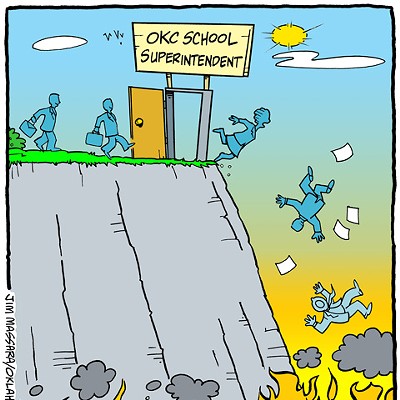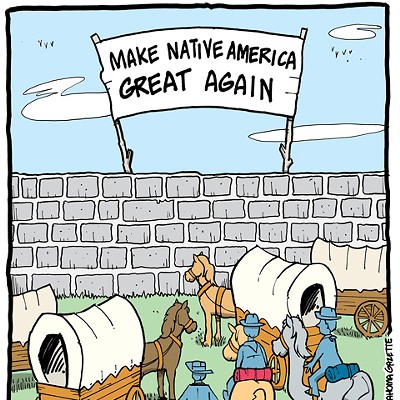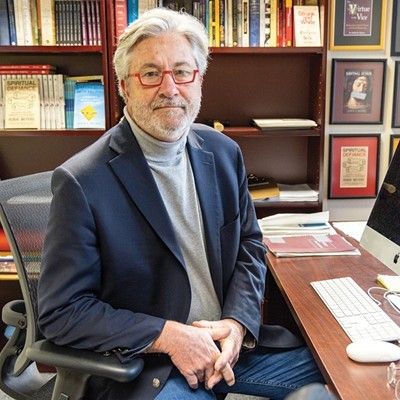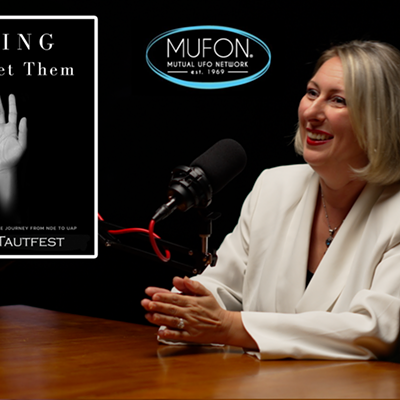Why not establish a public university in the Bricktown area of Oklahoma City?
This university would secure the financial viability of the entertainment area, offer conveniently located classes and become a model for new urban universities in the country. It's an idea that deserves real consideration.
Oklahoma consistently ranks under the national average in college graduates, and nothing will change until state leaders " political, corporate and educational " come together with real plans and ideas to create more, not less, higher-educational opportunities for students.
A major problem has been the somewhat erratic planning over the location and mission of the state's public higher-education institutions. Politics often has trumped common sense.
The major question is this: How did midtown and downtown Oklahoma City end up without a major, public, four-year university? To the north is the University of Central Oklahoma in Edmond, which is 15 miles away.
To the south is the University of Oklahoma in Norman, which is 22 miles away. Oklahoma CityCommunity College is 10 miles from downtown. Rose State College, the nearest college to downtown, isn't much closer at a distance of seven miles. (The mileages were calculated using MapQuest with Bricktown Brewery as the starting destination.)
The location of our local colleges can be attributed to historical racism and the automobile. Inner-city college students, many of them black, were sometimes left out during the post-World War II education boom in the Fifties and Sixties. Cheap gasoline and cars added to the problem as Oklahoma City grew haphazardly and suburban housing development outpaced urban development. Many Oklahoma City residents now drive to suburbs to attend four-year public colleges.
This is not to criticize current state leaders or level charges of racism. They established the Downtown College Consortium for students a few years back, and LangstonUniversity has a branch in Oklahoma City. But under their current configurations, can these institutions create the type of college experience and identity needed to keep students in school? Everyone in the metropolitan area should be able to get to a four-year public college that offers a wide variety of degrees after a short drive or on affordable public transportation.
The main arguments against establishing such a university are the state already has too many colleges and it wouldn't be financially feasible.
Here are two counter arguments:
The state could establish the university as a branch of the University of Central Oklahoma or the University of Oklahoma, or expand Langston's OKC campus into Bricktown to reduce costs, and It initially could focus on offering online courses, eliminating the need for a lot of classroom space. The main start-up costs would be for buildings and land. These could be purchased with bond money. The growing biomedical research field in the Oklahoma City area also could become a partner with this new university because of its proximity and mission.
It's difficult not to see the proposed university as a win-win situation for Oklahoma City.
Thousands of college students in Bricktown on a daily basis are sure to help it thrive. The college would give commuting college students better accessibility throughout the metropolitan area, an extremely important issue given rising gasoline prices.
It also would correct the historical error and raise the state's college graduation rate.
Hochenauer is an English professor at the University of Central Oklahoma and author of the progressive blog Okie Funk: Notes From the Outback, www.okiefunk.com.












